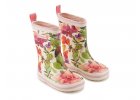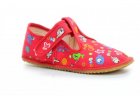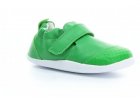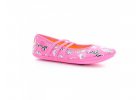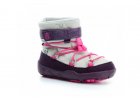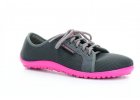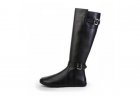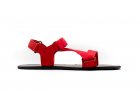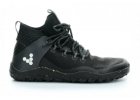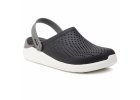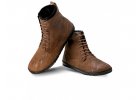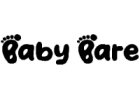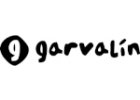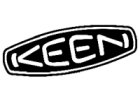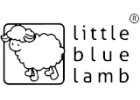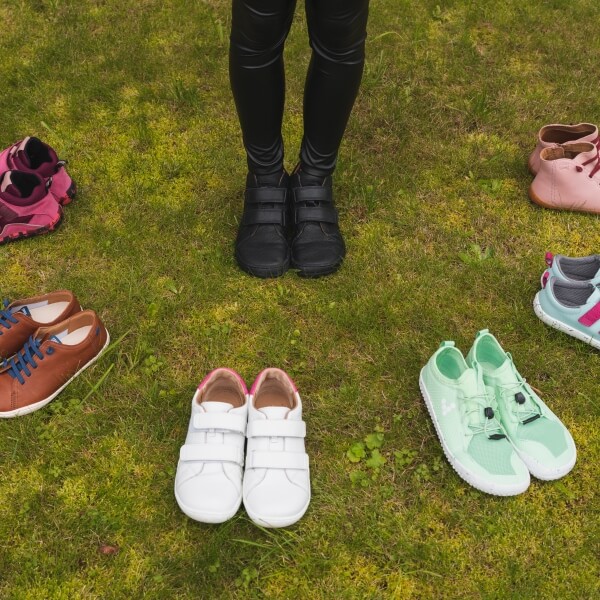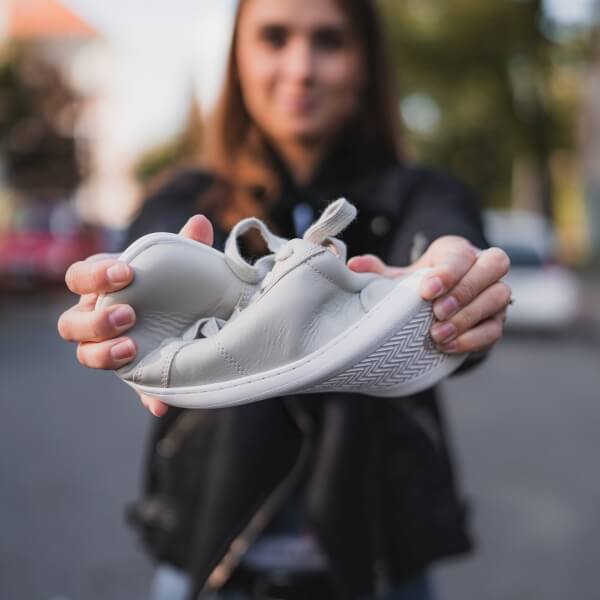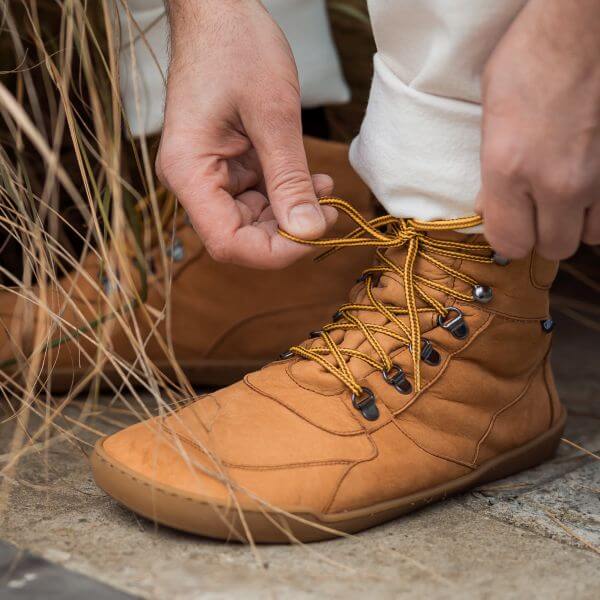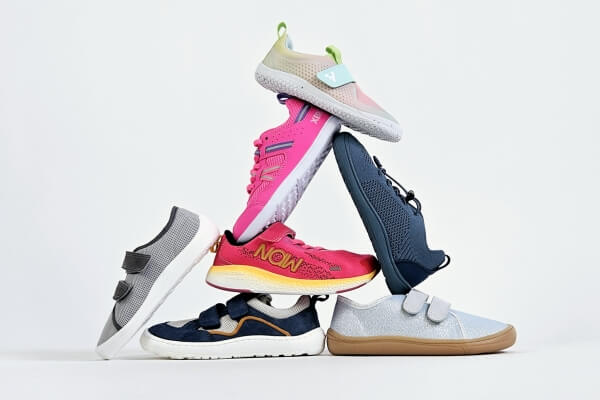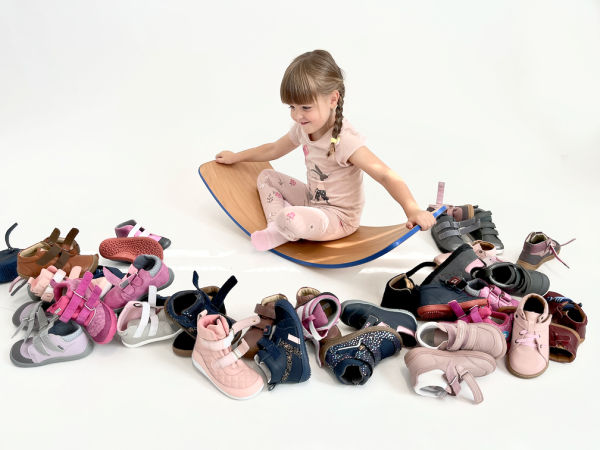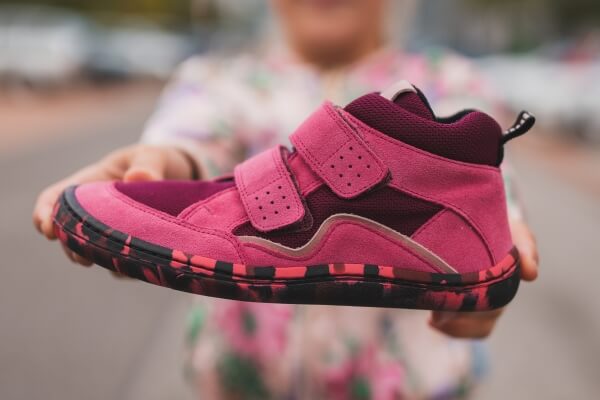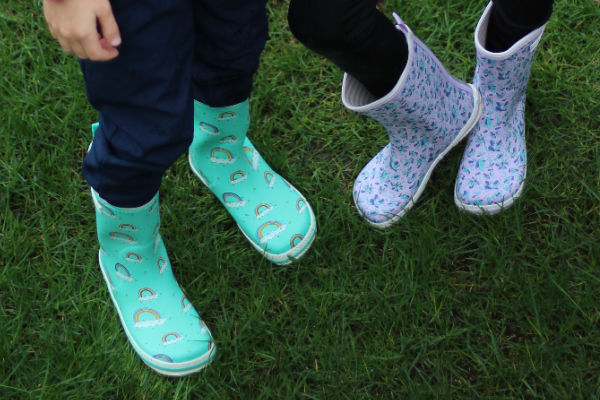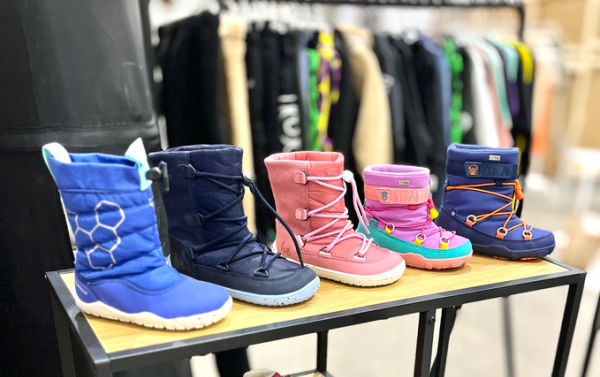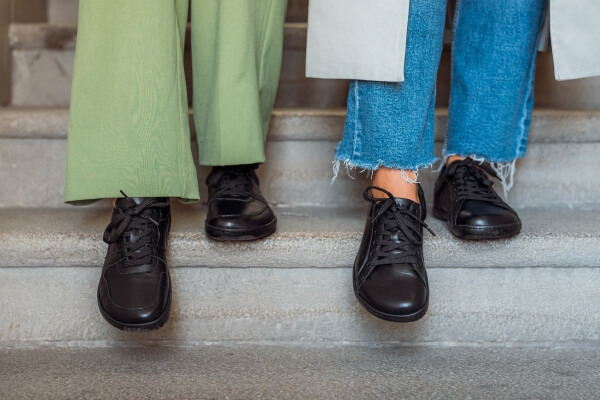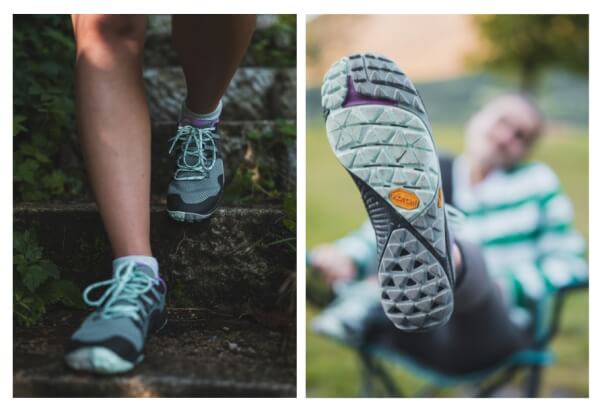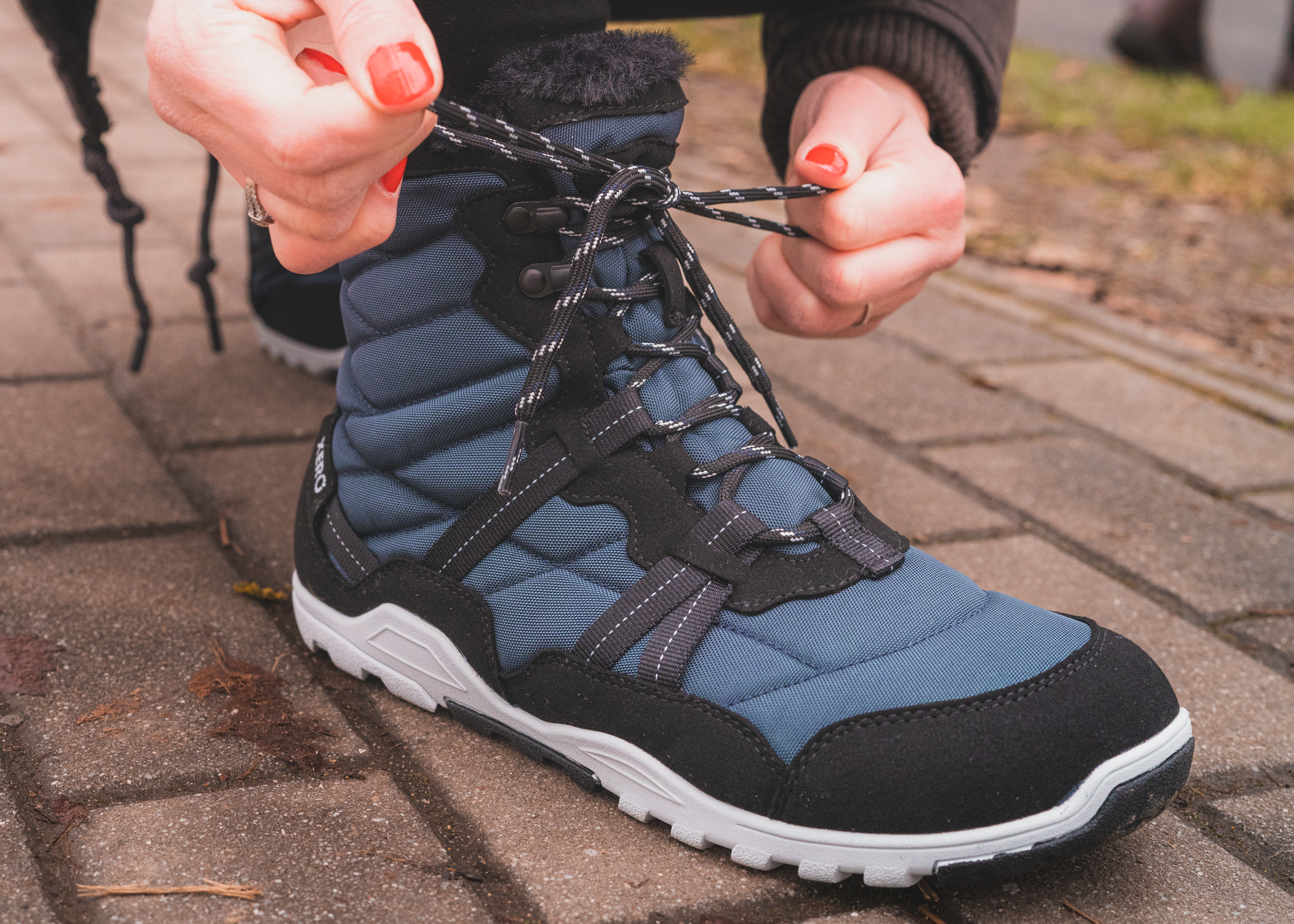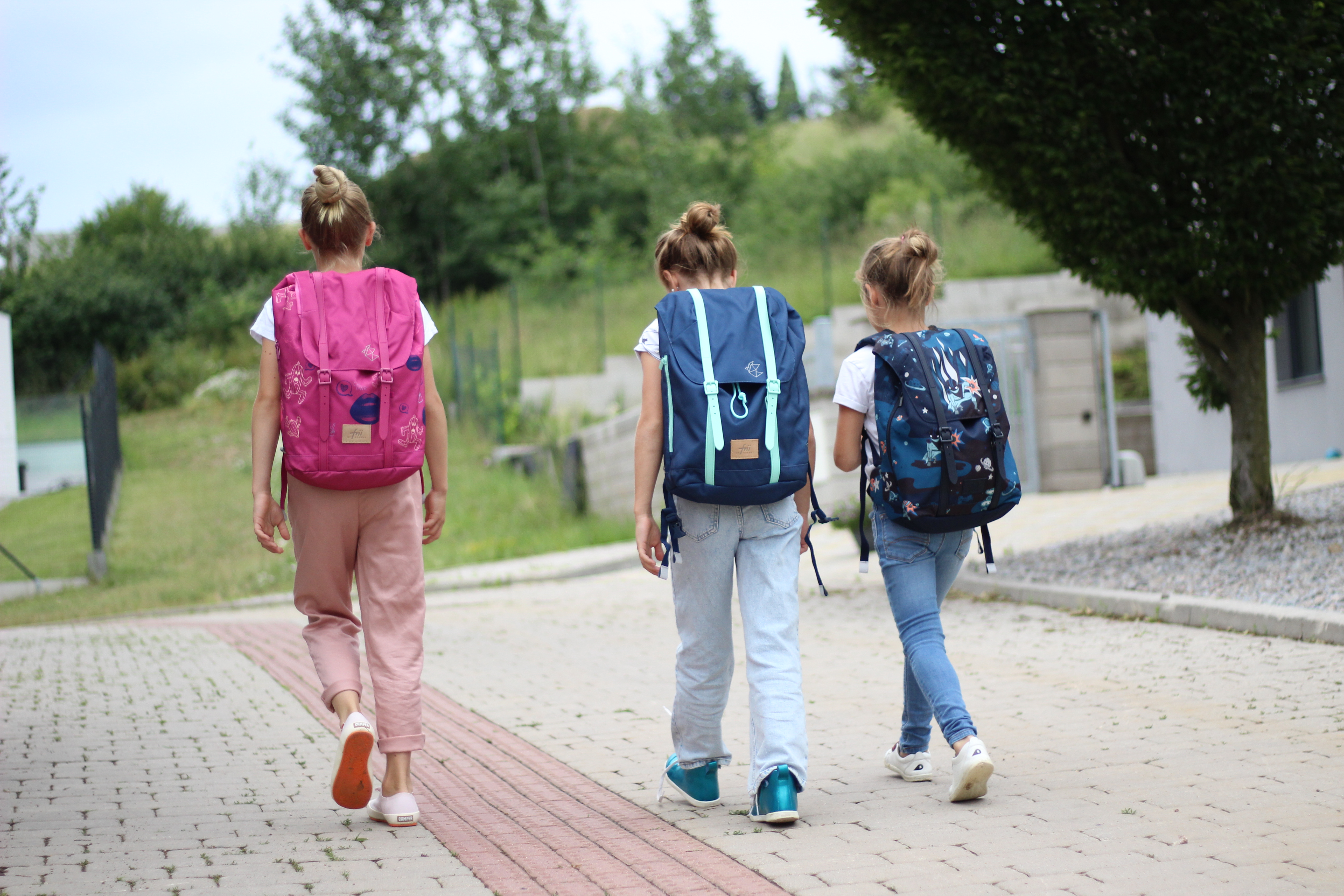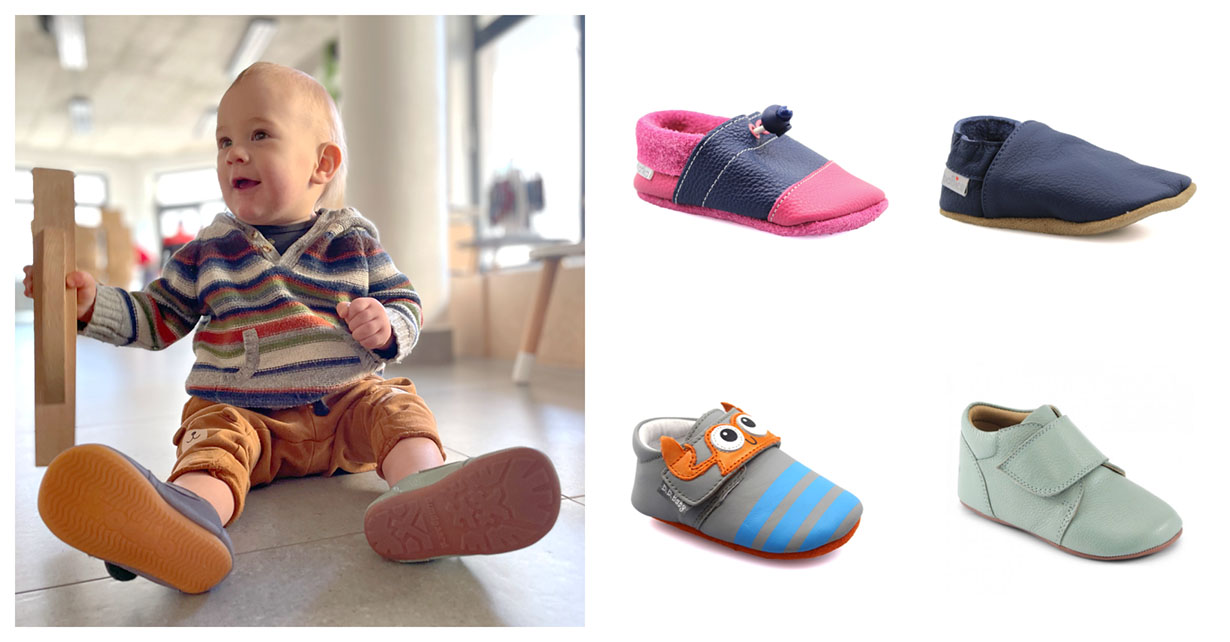We follow the article 20 interesting facts about the human foot and in cooperation with physiotherapist Sonia Barvenčíková from Fyzionožka we bring you interesting facts about the functioning of baby's foot.
1) The baby's foot develops already in the womb
Just as all parts of the body form and develop in the mother's womb, the feet are no exception. Around the fourth week of pregnancy, the foundations of both lower limbs begin to form, and around the eighth week, these lower limb structures (and foot formation) become visible. As the pregnancy progresses, all parts are improved until complete structures are formed towards the end of the pregnancy. Although most babies are born with healthy feet, it can sometimes happen that deformities develop due to various influences.
2) The child controls the leg from birth
When you say little baby, everyone imagines a bundle that makes uncoordinated movements, cries, nurses and sleeps. But a newborn baby can do much more than that - it moves its fingers, moves its feet at the ankle, pulls its knees and hips together, and flexes its legs again. The foot takes an active part in all these movements and thus forms its shape and arch.
Certainly, all skills are refined and improved as the child matures, but the legs are involved in every movement from birth. The vast majority of adults, however, do not begin to address the feet until the child is climbing, standing and walking. Therefore, we should not forget to have regular children's physiotherapy check-ups to evaluate the condition of the whole body and highlight foot problems before the first steps are taken.
3) The foot has a natural gripping function like the hand
Notice that if you give a toy to the baby, it automatically starts playing with its feet. The legs lift up, interact with each other, move closer to the hands and imitate them. They also have a grasping function, which is replaced by a supporting function when they are vertical.
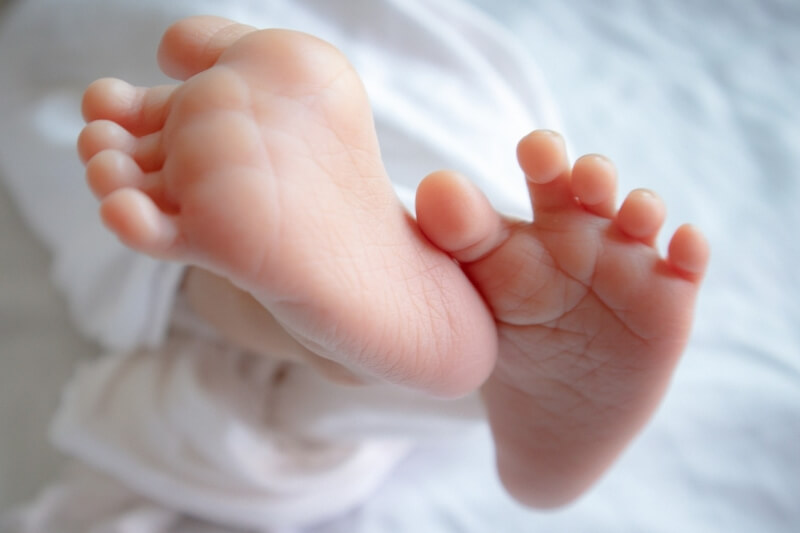
4) The baby needs to touch his feet
Through natural development, the baby's lower limbs should gravitate towards the tummy so that the hands can reach them and become familiar with the area. Often, however, despite some difficulty, this does not happen and the legs seem to become alienated from the body. Therefore, we should play with babies, showing them the lower limbs, bringing them closer to the hands, connecting the upper and lower limbs diagonally.
5) Babies' feet require stimuli
If the child receives little stimulus (feet are always in socks or shoes or slippers), they may not be hardy. The child refuses to touch their feet, they are uncomfortable walking on different surfaces, and their feet become hypersensitive. All this can also be associated with persistent primary reflexes and sensory disintegration.
6) The child's foot is influenced by reflexes
After birth, the child's behaviour is influenced by reflexes, which gradually disappear with development and the control function is taken over by higher nerve centres. The presence of reflexes in the lower limbs promotes mobility and the formation of the foot arch from the earliest age.
Foot reflexes are one of the last to disappear when the child begins to stand and walk. Thus, young children should not be verticalized prematurely so that the reflexes do not fade too soon. On the other hand, when reflexes persist, the child may develop toe walking, which he cannot control by will. Any deviations need to be addressed early.
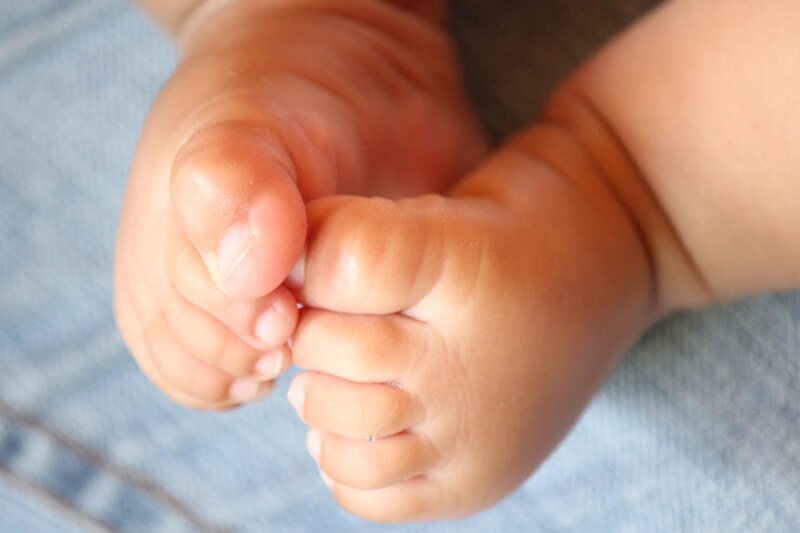
7) The child's leg does not have hard bones
Children's bones are made up of cartilage and only with the passage of time do they become solid (with the right bone tissue). In children, therefore, we can often notice a rapid change in the movement pattern; on the other hand, when a problem arises, we cannot wait long for the child to grow out of it. You could thus miss an appropriate time when therapy would be easier. Permanent conversion to hard bone occurs at about the age when children's baby teeth change to permanent teeth.
8) Sitting shapes the foot
There are many sittings that a child will get into during their play. As long as the sits change, the movement is varied and variable, all is well. However, it is often the case that a child becomes stuck in one position, the activity engages him so much that he can spend long minutes sitting. If the feet are folded under the body or in an inappropriate position, sitting affects the joints, bones and feet.
For example, if a child likes to sit on his heels and constantly folds his toes under him (where they point towards each other), he may start to curl his toes towards each other. W sitting overloads all the joints of the lower limbs and the inner edges of the feet. If a child sits asymmetrically to one side only, he is not fully using the other half of his body.
9) A child's gait changes from immature to mature
At the first attempts to walk, the child stands up, tentatively lets go of the space, takes two or three steps and falls to the ground. This is repeated over and over again. When the child then walks, the gait is wobbling, about a wider base, the hands help to maintain balance. We consider such a gait immature. However, with gradual training, the child improves all his movements. It is getting faster, it is better oriented in space, it can move on its own, stop, pick up a toy, turn around, stand in space. If the child fixes and does these skills automatically, then we can talk about the fact that walking is mature.
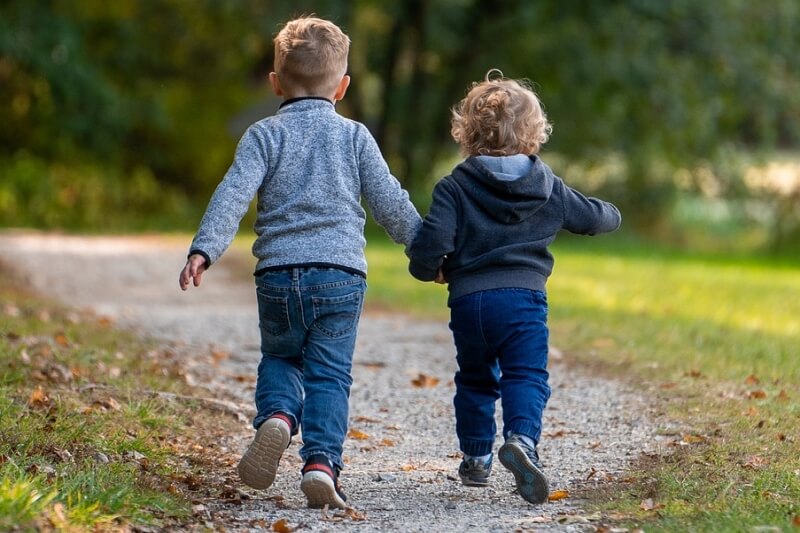
10) Leg development must not be accelerated
Children's development is regularly monitored, what they have learned over a certain period, whether everything is going well. However, some impatient parents would like to help their children. They would already like the child to sit, stand, walk. However, by doing so, they negatively affect the child's musculoskeletal system, especially the spine, lower limbs and feet.
If the child develops properly, he will gradually figure out all the stages and steps on his own. Do not be impatient and do not spoil each partial step (which the child has reached on his own) by wanting to see him somewhere else. Speeding up will not only help the child, but you may cause him trouble!
11) No need to rush to buy baby's first shoes
With the verticalization of the child (by standing and the first timid steps), adults tend to buy the first shoes. However, you don't have to hurry with the purchase. The child remains uncertain in the first steps, he needs to get acquainted with the terrain, feel the surface on which he moves. Shoes will limit this feeling and need, often even change the style of walking.
Parents mistakenly believe, as with a novice walker, they will immediately go out and stomp. But the child initially manages only a few steps and returns to crawling. That's why soft infant shoes will suffice abundantly, and wait another 4-6 months for the first shoes before walking is completely perfected.
12) First shoes should not be firm
Until today, you can still come across the opinion that for the first steps, the child should be put on, preferably in sturdy shoes to support his ankles. However, a sturdy shoe for such a small child is probably like ski boots for an adult. It is difficult to move in, the foot cannot fully perform its function, the child walks like a robot, it is clumsy, the shoe is difficult to pick up and step through.
Although it may not look like at first glance, most slippers are also slightly elevated under the heel, so you actually have a shoe with a heel. However, small children don't need heels under their feet at all, so beware of classic slippers! Examine your children's footwear! Barefoot slippers bring a soft and flat sole at the same time.
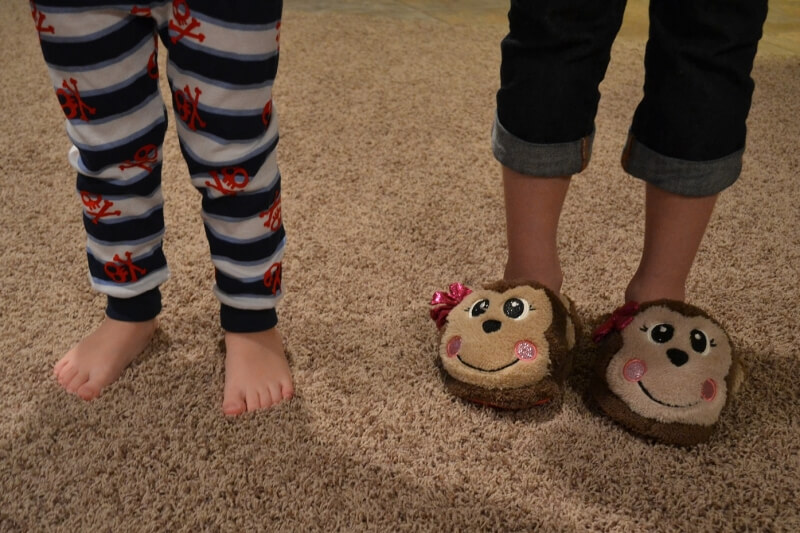
13) There's no infant shoe like an infant shoe
Soft leather infant shoes are sufficient to protect little feet during the first steps. Although it might seem that you can't go wrong when choosing infant shoes, look not only for the right size, but also for the shape. You should be comfortable distinguishing between the front and back, and similarly between the left and right shoe. Avoid socks with rubber soles that form a pompom-shaped residue in the front. The child may trip on it, preventing a proper bounce.
14) Socks limit foot function
Parents often deal with the purchase and suitability of the first shoes for young children. Much earlier, however, they put socks or stockings on them. The best shoe will not help the feet enclosed in a small and tight sock. Therefore, take care to size socks appropriately and change them often, as they like to shrink with repeated washing. Don't worry about children's feet getting cold, let them run without socks! The sock on the foot acts like a glove on the hand, and you know that hands are not as skilled in gloves as they are without them.
15) Better leggings than romper-suit
What we have written in the previous lines about socks applies similarly to baby romper-suit. Above we explained that even a newborn baby moves its feet, uses its toes. For this, he needs freedom. It is better to dress the baby in leggings or sweatpants and complete with a suitably large and not too tight sock.



